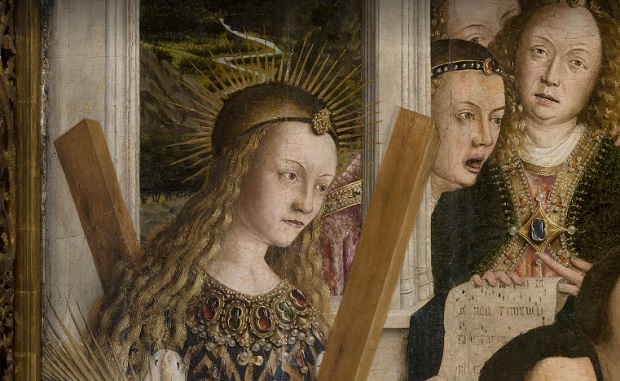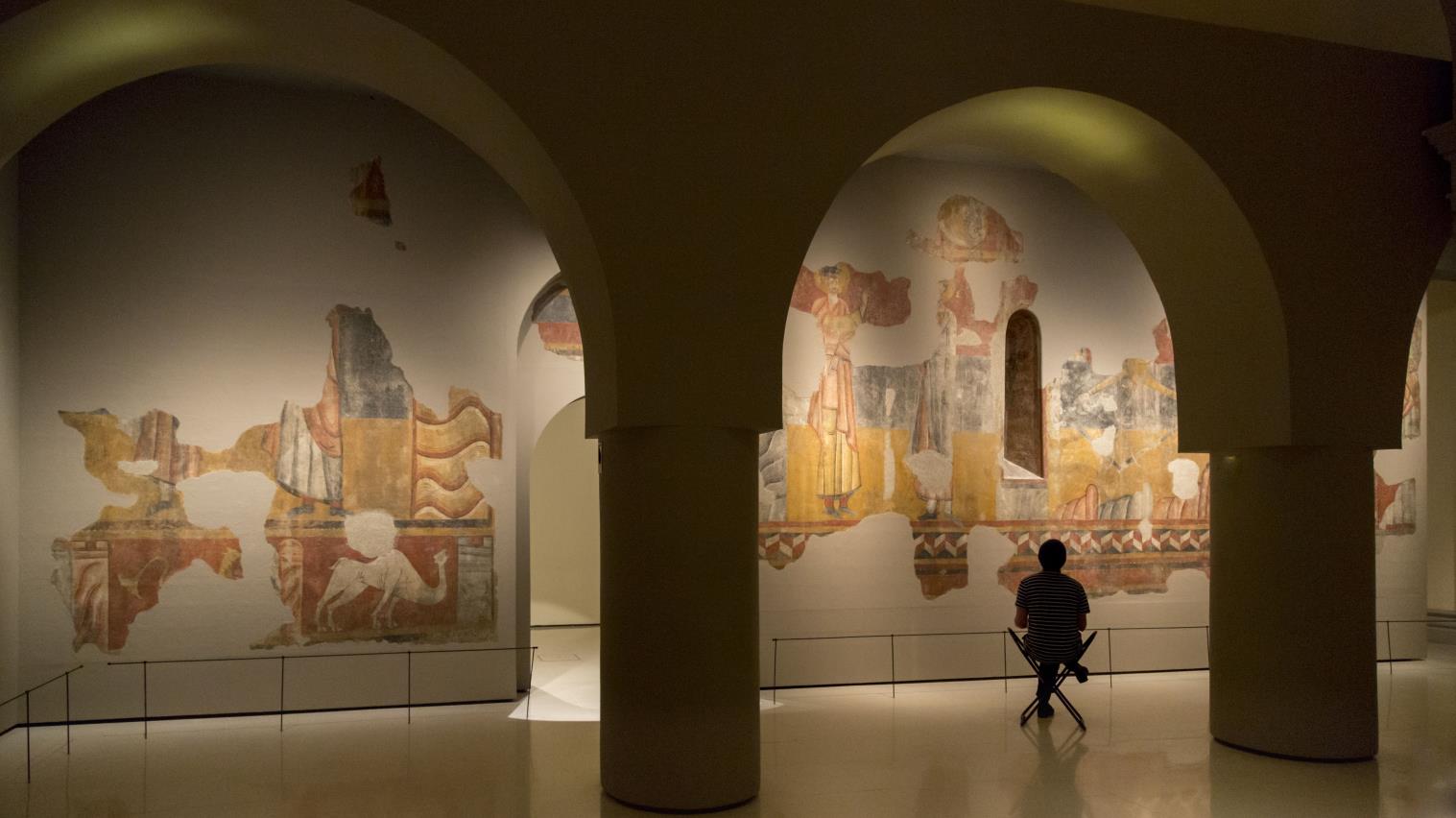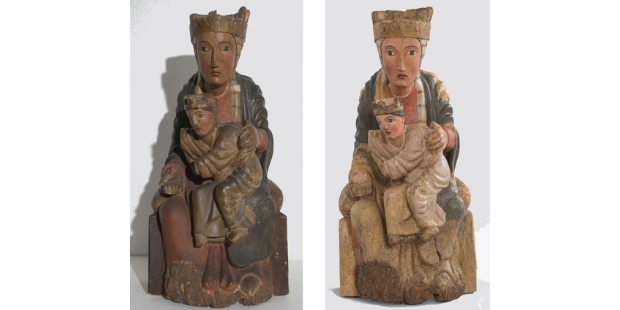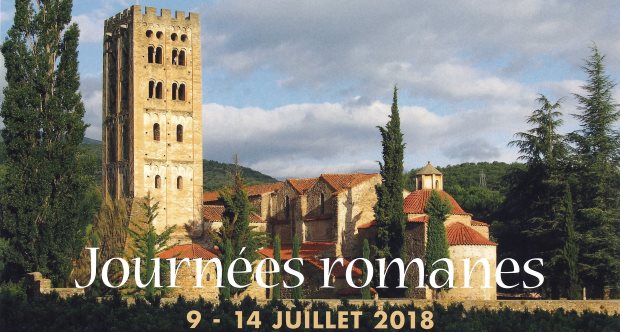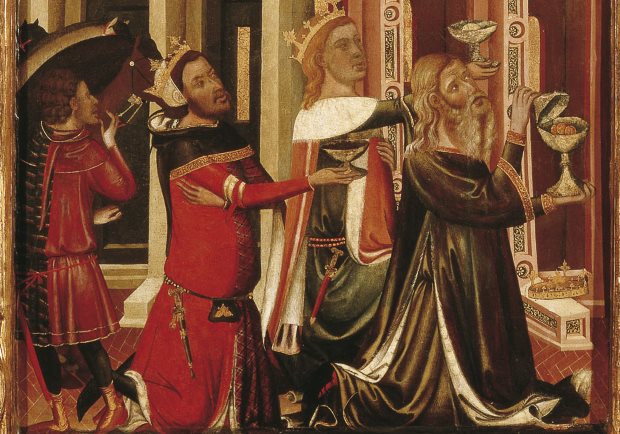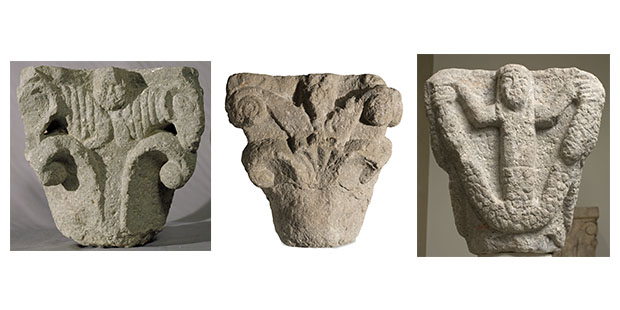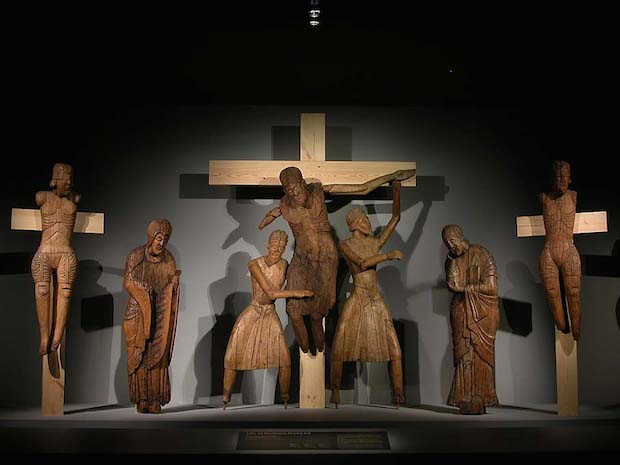
Jordi Camps If one had to choose the most impressive Romanesque works of sculpture from the Pyrenees, there can be no doubt that the list would have to include the Descent from the Cross from Erill la Vall and, especially, the Christ of Mijaran, unquestionably the sculptural equivalent of the apse of Sant Climent in…
Read more
